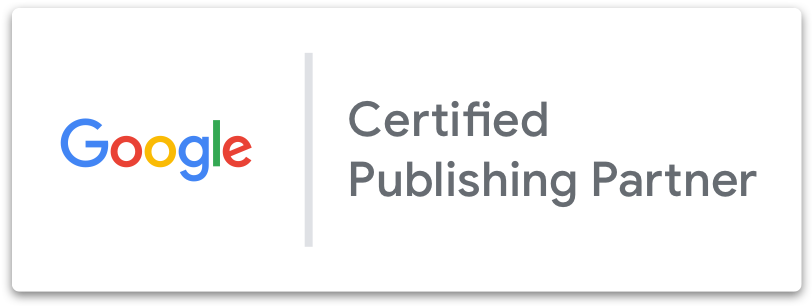In this post, you’ll learn why relying on paid ads alone is a costly mistake and how to build a sustainable marketing strategy that drives long-term ROI. We’ll break down key tactics like SEO, content marketing, and organic lead generation to help you reduce ad spend while growing your business smarter.
The Rising Costs of Paid Advertising
The cost of paid advertising has skyrocketed in recent years. According to industry reports, the average cost-per-click (CPC) for Google Ads increased by over 15% year-over-year, with some industries like legal services seeing CPCs exceed $50 per click. Facebook Ads have also followed this trend, with a 19% increase in average ad costs compared to previous years. For small businesses with limited budgets, these rising costs can quickly eat into profit margins.
Trends in Ad Budgets Across Industries
Businesses across industries are allocating more of their budgets toward paid ads, but many are finding it unsustainable. In highly competitive fields like healthcare, law, and e-commerce, ad spending can reach thousands of dollars per month just to maintain visibility. This heavy reliance on paid ads leaves businesses vulnerable to rising CPCs and diminishing returns.
A Costly Mistake: Solely Relying on Ads
Consider this scenario: A small addiction treatment center invests $10,000 monthly in Google Ads to generate leads. While they receive clicks, their website isn’t optimized to convert visitors into patients. With no engaging content or trust-building elements, most visitors leave without taking action. As a result, the treatment center burns through its ad budget without seeing a meaningful return on investment. This highlights the importance of pairing paid ads with a strong organic marketing strategy to maximize ROI and build a sustainable lead pipeline.
Many businesses rely heavily on paid advertising to generate leads, but at what cost? While paid ads can offer quick results, they are expensive, competitive, and disappear the moment you stop paying. While we provide paid ad management, we emphasize that relying only on paid ads is not a long-term strategy. The key is integrating organic marketing strategies to maximize ROI, enhance conversion rates, and build a sustainable lead pipeline.
At Eminent SEO, we specialize in helping businesses optimize their paid ad spend while developing organic marketing strategies that deliver consistent, high-quality leads without the high price tag of constant ad spending.
The Problem with Relying Solely on Paid Ads
Why Ad Budgets Fail
Many ad campaigns fail to deliver a meaningful return on investment due to several common issues:
- Lack of Targeting: Failing to narrow down audiences results in clicks from people who aren’t genuinely interested in your offerings.
- Poor Ad Copy: Ads that don’t clearly communicate value or have weak calls-to-action lead to low engagement.
- Unoptimized Landing Pages: Driving traffic to slow-loading or cluttered landing pages often results in high bounce rates.
Industries Hit Hard by Ineffective Ad Spend
Certain industries, such as law firms, addiction treatment centers, and e-commerce, often face steep competition for paid ads, which quickly drives up costs:
- Law Firms: CPCs for legal keywords can exceed $200 per click, making it one of the most expensive industries for Google Ads.
- Addiction Treatment Centers: Highly competitive keywords like “rehab near me” can drain budgets without proper targeting.
- E-Commerce: Without compelling product pages and retargeting strategies, e-commerce businesses struggle to convert ad clicks into sales.
How to Audit Paid Ad Campaigns to Minimize Waste
To ensure your ad spend is being used effectively, follow these steps:
- Analyze Audience Segments: Use analytics tools to identify which audience groups perform best and focus your budget on them.
- Refine Ad Copy: Test multiple variations to determine which messaging resonates most with your audience.
- Optimize Landing Pages: Ensure pages are fast, mobile-friendly, and aligned with the ad’s promise.
- Track Key Metrics: Monitor cost-per-click (CPC), cost-per-conversion (CPC), and overall ROI to identify areas for improvement.
Taking these measures can help reduce waste, improve conversions, and ensure your paid ads complement a broader, sustainable marketing strategy.
Paid advertising (Google Ads, Facebook Ads, LinkedIn Ads) can be an effective short-term solution, but it comes with major drawbacks:
- High Cost: The cost per click (CPC) continues to rise, eating into your profit margins.
- No Long-Term Value: Once you stop paying, the traffic and leads disappear.
- Intense Competition: Your competitors can easily outbid you, driving up ad costs.
- Wasted Spend Without Optimization: If you aren’t constantly testing and improving your website and conversion paths, you’re likely losing potential customers. A $20-$200 ad click means nothing if they bounce immediately.
Real-World Example:
Imagine a local law firm spending $10,000 a month on Google Ads. While their ad campaigns generate clicks, the firm’s website has slow load times, unclear calls-to-action, and lacks trust-building elements like client reviews or testimonials. As a result, many visitors bounce without contacting the firm. This scenario is a clear example of how ineffective website optimization wastes valuable ad spend.
If your marketing strategy depends solely on paid ads, you’re renting visibility instead of building lasting brand authority and conversions.
The Smarter Approach: Paid Ads + Organic Marketing for Sustainable Growth
Instead of burning your budget on expensive ads, investing in organic marketing strategies creates a scalable, long-term lead generation system that works even when ad budgets are cut.
Here’s how:
1. SEO That Drives High-Intent Leads
Search engine optimization (SEO) is the foundation of sustainable growth. By optimizing your website and content, you can rank higher in search results and attract leads who are actively searching for your services, without paying per click.
- Local SEO for Law Firms & Service-Based Businesses – Get found in your city when potential clients search for your services. For example, a personal injury attorney ranking on Google Maps for “car accident lawyer near me” can drive highly targeted, local leads.
- E-E-A-T & Authority Building – Google rewards businesses with high-quality, expert-driven content. Creating authoritative blog posts, white papers, and guides not only improves rankings but also establishes credibility with your audience.
- Optimized Website Structure & Speed – Ensuring fast load times and mobile-friendly experiences boosts rankings and conversions. For instance, a retail business with a slow website risks losing impatient shoppers to competitors.
Tools and Processes to Drive SEO Success
- Google Analytics – Track organic traffic, identify top-performing pages, and measure the effectiveness of your SEO campaigns.
- Google Search Console – Monitor your site’s indexing, fix crawl errors, and discover opportunities to optimize for higher rankings.
- Ahrefs or SEMrush – Conduct keyword research, analyze competitor strategies, and monitor backlinks to improve your domain authority.
Finding High-Intent Long-Tail Keywords
Long-tail keywords are specific, low-competition phrases that capture high-intent traffic. For example, instead of targeting “lawyer,” a law firm could target “Phoenix estate planning lawyer for seniors.”
- Brainstorm Search Intent: Think about what your ideal customers are searching for when they are ready to take action.
- Leverage Keyword Tools: Use platforms like Ahrefs to find long-tail keyword opportunities and search volumes.
- Localize Keywords: Add geographic markers like “near me” or city names to target local audiences effectively.
Elevating Your E-E-A-T
Google’s algorithm favors expertise, experience, authority, and trustworthiness (E-E-A-T). Boost your site’s credibility by:
- Adding Author Credentials: Highlight your expertise by including bios and credentials for blog contributors.
- Publishing Whitepapers: Create in-depth, data-driven resources tailored to your industry.
- Showcasing Reviews and Testimonials: Display customer feedback prominently to establish trust and authority.
By using these tools, processes, and strategies, businesses can elevate their SEO efforts and attract high-quality leads consistently.
Search engine optimization (SEO) is the foundation of sustainable growth. By optimizing your website and content, you can rank higher in search results and attract leads who are actively searching for your services, without paying per click.
- Local SEO for Law Firms & Service-Based Businesses – Get found in your city when potential clients search for your services. For example, a personal injury attorney ranking on Google Maps for “car accident lawyer near me” can drive highly targeted, local leads.
- E-E-A-T & Authority Building – Google rewards businesses with high-quality, expert-driven content. Creating authoritative blog posts, white papers, and guides not only improves rankings but also establishes credibility with your audience.
- Optimized Website Structure & Speed – Ensuring fast load times and mobile-friendly experiences boosts rankings and conversions. For instance, a retail business with a slow website risks losing impatient shoppers to competitors.
Additional SEO Insights:
- Keyword Targeting: Focus on long-tail keywords that match specific customer intent (e.g., “affordable addiction treatment in Arizona”).
- Technical SEO Audits: Regularly audit your website for crawl errors, broken links, and duplicate content that could hinder performance.
2. Content Marketing That Builds Trust & Engagement
Content marketing is one of the most effective ways to build trust, educate potential customers, and nurture leads over time. It provides long-term value by positioning your business as an authority and driving consistent organic traffic.
Industry-Specific Content Types
Different industries benefit from tailored content strategies.
Here are some examples:
- How-To Guides and Tutorials: These work exceptionally well for healthcare and legal industries. For instance, a blog titled “How to Prepare for Your First Consultation with a Divorce Lawyer” offers practical value to potential clients.
- FAQs: Commonly asked questions, such as “What is the difference between Chapter 7 and Chapter 13 bankruptcy?” help educate audiences while showcasing your expertise.
- Infographics and Data Visualizations: These are ideal for breaking down complex concepts in visually engaging ways, perfect for industries like finance and technology.
- Webinars and Video Content: Live sessions or recorded videos add a personal touch, especially for e-commerce or B2B businesses looking to build trust.
Tips for Repurposing Content
Maximize your content’s reach by repurposing it across multiple channels:
- Turn Blog Posts into Videos: Summarize a blog post into an engaging video with visuals and narration.
- Create Email Campaigns: Break down a long guide into a series of actionable tips for an email sequence.
- Develop Social Media Content: Share key takeaways from infographics or webinars as bite-sized social posts.
Content Promotion Strategies
Creating content is only half the battle; promoting it effectively ensures it reaches the right audience:
- Social Media Amplification: Share your content across social platforms like LinkedIn, X (Twitter), and Instagram, tailoring each post to the platform’s strengths.
- Email Newsletters: Distribute your latest blogs, case studies, or videos to your email subscribers with compelling subject lines.
- Paid Content Promotion: Use tools like Google Ads or sponsored posts on social platforms to boost high-value content.
By diversifying your content types, repurposing existing material, and promoting it strategically, you can expand your reach and drive more leads without additional production costs.
Unlike paid ads, content marketing provides long-term value by educating and nurturing potential customers. High-quality, informative content can drive organic traffic, position your business as an authority, and improve conversions over time.
- Blog Posts & Articles – Answer common questions and provide in-depth insights into industry-specific topics. For example, a blog titled “5 Common Mistakes to Avoid When Filing for Divorce” can attract potential clients searching for legal advice.
- Case Studies & Testimonials – Showcasing real success stories builds credibility and trust. A case study detailing how your service helped a client achieve their goals can resonate with future prospects.
- Video & Visual Content – Engaging videos, infographics, and interactive media increase engagement and retention. A quick explainer video about your product or service can significantly boost conversion rates.
Pro Tip:
Content marketing is a marathon, not a sprint. Focus on evergreen topics that remain relevant over time and regularly update your content to reflect industry changes.
3. Conversion-Focused Website & Lead Nurturing
Driving traffic to your website is only part of the equation. A well-optimized website and lead-nurturing strategy ensure that visitors turn into actual customers.
Successful Landing Pages: What Works
Effective landing pages prioritize clarity, speed, and value. Here’s what makes a great landing page:
- Clear Value Proposition: Communicate your offer upfront with compelling headlines, benefits-focused messaging, and bullet points.
- Trust Signals: Include client testimonials, certifications, or success metrics to build credibility.
- Minimal Distractions: Keep the design clean, focusing on a single goal (e.g., booking a consultation or completing a form).
- Example: A law firm’s landing page might feature “Get Your Free Case Evaluation” as the headline, followed by a short form and client testimonials.
User Experience (UX) Optimizations
A seamless user experience improves engagement and conversion rates:
- Faster Page Speed: Ensure pages load in under three seconds to reduce bounce rates.
- Mobile-Friendly Design: Optimize for all devices, ensuring forms, CTAs, and content are accessible on smaller screens.
- Accessibility Features: Include alt text for images, clear fonts, and easy navigation to enhance usability for all audiences.
Tracking Conversion Metrics
To refine your website’s performance, monitor these key metrics:
- Form Fills: Track the number of inquiries or sign-ups submitted through your site.
- Click-Through Rates (CTR): Measure the percentage of visitors clicking CTAs or links.
- Time on Site: Longer sessions indicate that users find your content engaging and relevant.
A conversion-focused website is the linchpin of any successful marketing strategy. By implementing these best practices, businesses can turn more visitors into loyal customers.
Driving traffic to your website is only part of the equation. A well-optimized website and lead nurturing strategy ensure that visitors turn into actual customers.
- Landing Pages Designed for Conversions – Clear messaging, fast load speeds, and strategically placed CTAs encourage conversions. A compelling headline, benefits-focused content, and an easy-to-complete form can make a significant difference.
- Automated Email & Remarketing Campaigns – Keep potential leads engaged over time, even if they don’t convert immediately. For example, send follow-up emails with educational resources or special offers to re-engage cold leads.
- Chatbots & CRM Integration – Improve user experience and capture leads in real time. Chatbots can answer frequently asked questions and direct visitors to relevant resources, while CRM systems ensure efficient lead management.
Key Metrics to Track:
- Bounce rate
- Conversion rate
- Lead quality and pipeline velocity
4. Multi-Channel Marketing: What Happens After the Click?
Not every visitor converts immediately, but that doesn’t mean you’ve lost them forever. Multi-channel marketing strategies ensure you stay connected with potential customers and bring them back into your sales funnel when they are ready to make a decision.
Example Customer Journey
Imagine a potential client clicks on a paid ad for a local law firm but doesn’t fill out the consultation form. Two days later, they receive a personalized follow-up email offering a free downloadable guide on “What to Expect During Your First Consultation.” A few days later, they see a remarketing ad on Facebook featuring a client testimonial video. This multi-touch approach reinforces the firm’s credibility, keeping the lead engaged until they’re ready to convert.
Learn more: How to Map Out a Buyer’s Journey
Remarketing Strategies
Segment audiences based on behavior to deliver tailored remarketing ads:
- Cart Abandonment Campaigns: Show ads to users who added items to their cart but didn’t complete the purchase.
- Page-Specific Targeting: Retarget users based on the pages they visited, such as a service page or pricing page.
- Dynamic Ads: Use product-specific ads for e-commerce businesses to display the exact items a user viewed.
Leveraging Social Proof for Repeat Engagement
Social proof builds trust and encourages potential clients to take action:
- Client Testimonials: Showcase positive reviews prominently in remarketing ads and landing pages.
- Case Studies: Share success stories that demonstrate your expertise and results.
- User-Generated Content: Highlight posts, reviews, or photos from satisfied customers to humanize your brand.
By incorporating multi-channel strategies like follow-up emails, remarketing ads, and social proof, you can create a cohesive customer journey that keeps your brand top-of-mind and drives higher conversion rates.
Not every visitor converts immediately, but that doesn’t mean you’ve lost them forever. Multi-channel marketing strategies ensure you stay connected with potential customers and bring them back into your sales funnel when they are ready to make a decision.
- Email Marketing & Drip Campaigns – Set up automated emails to educate, nurture, and stay top-of-mind with your leads. A monthly newsletter with helpful tips can maintain engagement.
- Remarketing Ads – Re-engage visitors who have already interacted with your website or ads. For example, show ads to users who viewed a specific service page but didn’t take action.
- Social Media Engagement – Build trust and connection by being active on platforms your audience frequents. Share user-generated content, respond to comments, and participate in trending conversations.
By leveraging these strategies, you create multiple touchpoints that guide potential customers toward conversion, ensuring that no opportunity is wasted.
Why Invest in a Holistic Marketing Approach?
To truly maximize your marketing investment, it’s essential to balance both paid advertising and organic strategies. A holistic marketing approach delivers the best of both worlds by combining the immediate benefits of paid ads with the long-term impact of organic growth.
Benefits of a Holistic Approach:
- Sustainable Growth: Build lasting visibility and authority that doesn’t disappear when ad budgets run out.
- Higher ROI: Organic strategies offer compounding value, reducing your cost per lead over time.
- Improved Brand Trust: Content marketing, SEO, and social engagement help establish your business as a trusted authority in your industry.
- Reduced Dependence on Ads: By diversifying your traffic sources, you become less vulnerable to rising ad costs and algorithm changes.
Real-World Success Stories:
Case Study: A Law Firm’s SEO Transformation
A mid-sized law firm specializing in personal injury cases struggled with expensive paid ads, spending over $20,000 monthly with minimal results. After partnering with us, we implemented a robust law firm SEO strategy focused on local keywords like “car accident lawyer Phoenix.” Within six months, their organic traffic increased by 85%, and they ranked on the first page for key search terms. This shift allowed the firm to reduce their ad spend by 30%, reallocating the budget to other growth initiatives.
Case Study: Healthcare Provider’s Organic Growth
A multi-location addiction treatment center relied heavily on Google Ads to attract patients, but the cost-per-click was unsustainable. We optimized their recovery program website for local SEO and created authoritative content targeting long-tail keywords like “holistic rehab programs in Arizona.” Over a year, their organic traffic grew by 120%, and their dependency on paid ads dropped by 40%, saving the center tens of thousands annually.
Let’s Build a Sustainable Growth Plan
Investing in a well-rounded marketing strategy ensures your business isn’t at the mercy of rising ad costs and unpredictable algorithms. By integrating organic marketing efforts like SEO, content marketing, and multi-channel engagement, you create a sustainable system that delivers consistent, high-quality leads over time.
At Eminent SEO, we help businesses reduce reliance on paid ads by building sustainable, results-driven marketing strategies. Schedule a free consultation today to discover how we can help you optimize your budget, improve conversion rates, and create a system that works long-term.
Contact us today and take the first step toward sustainable growth!
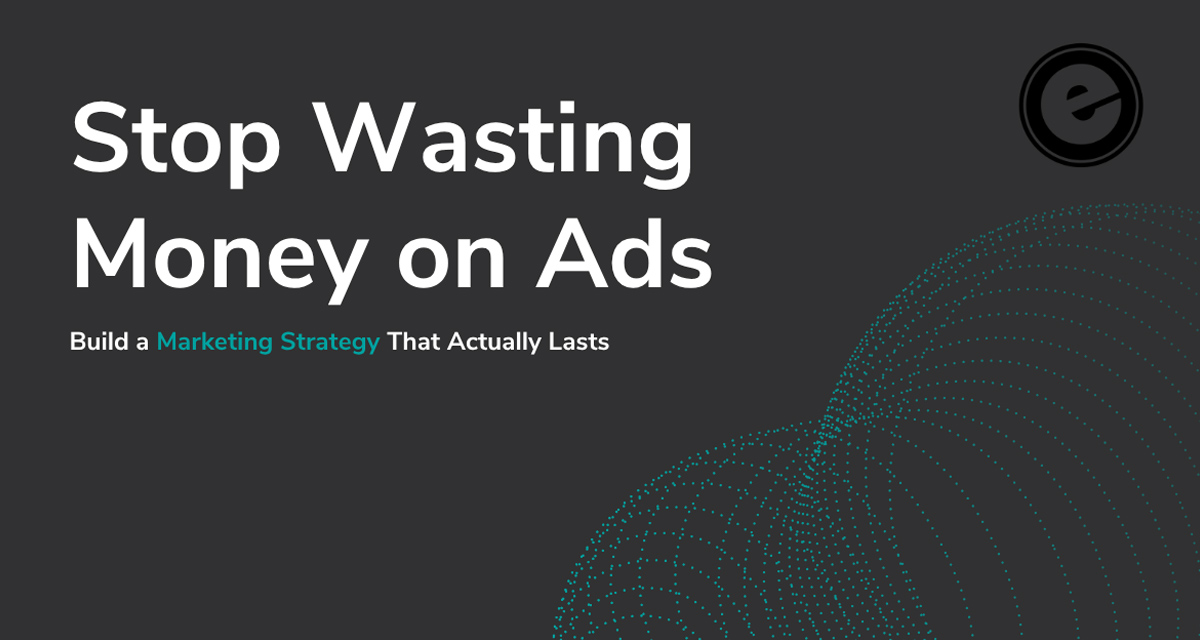
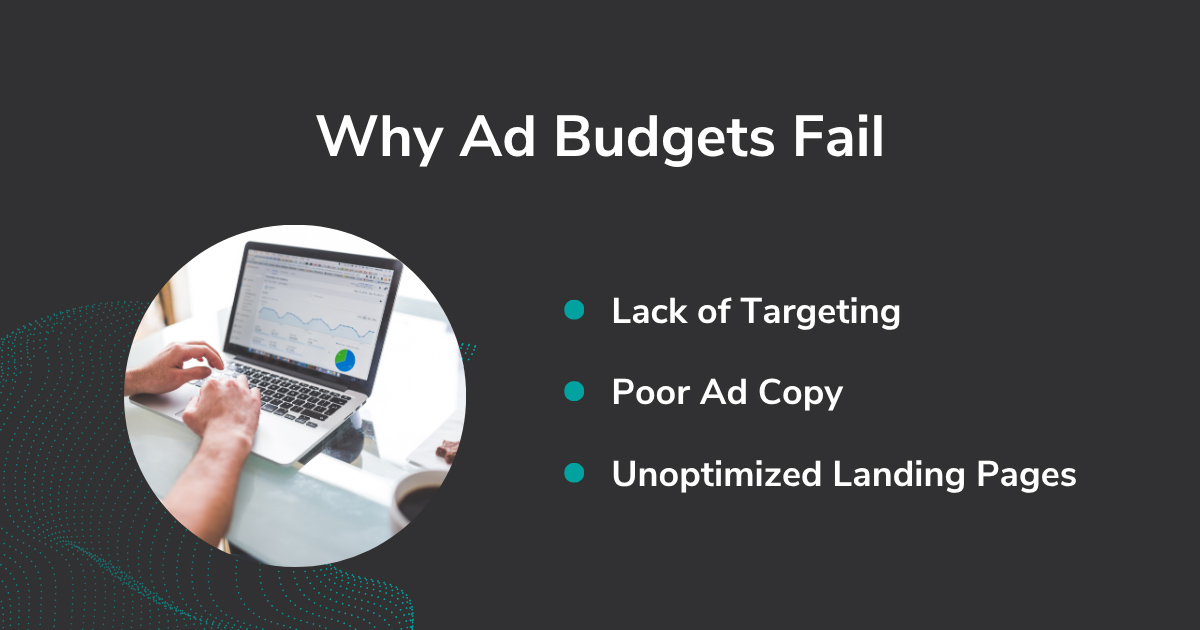
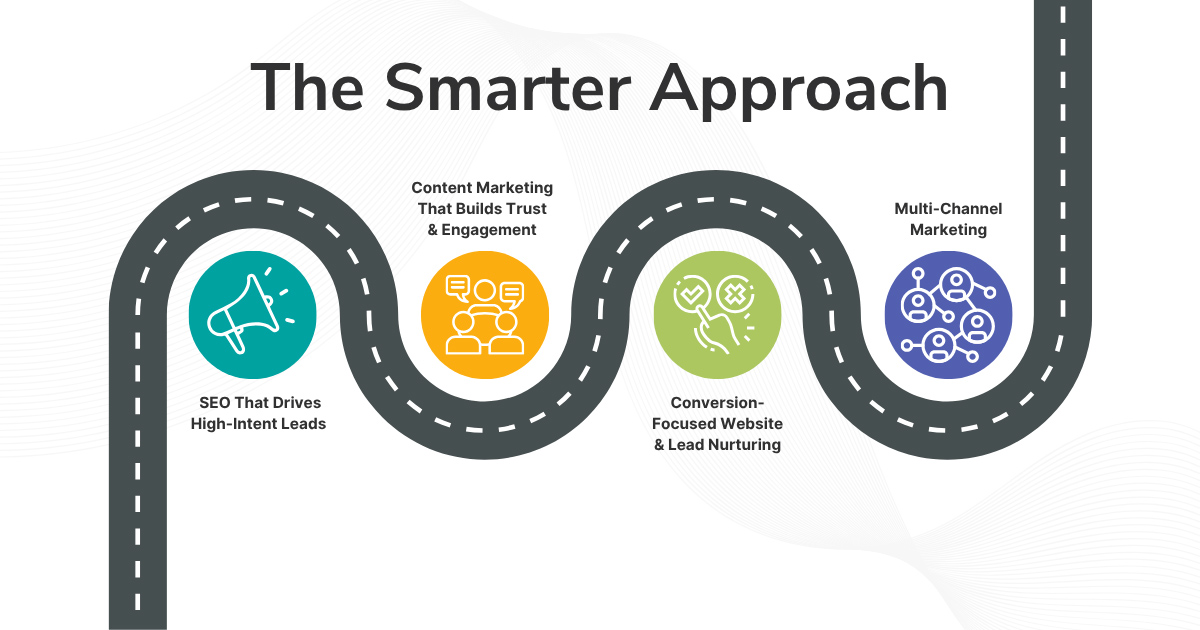
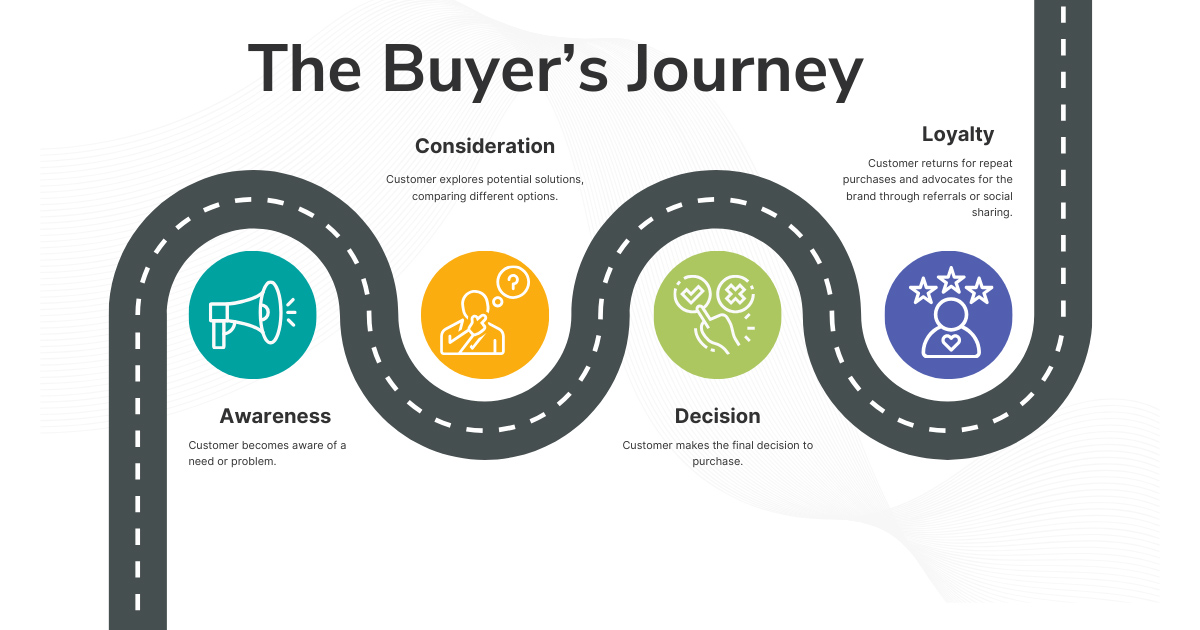
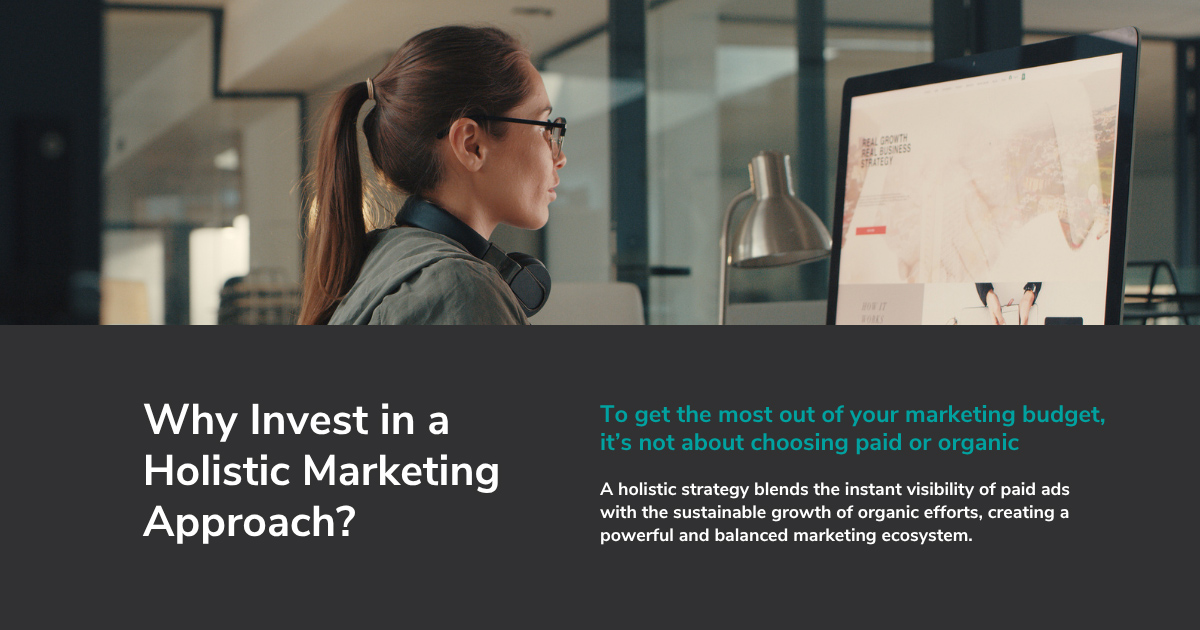
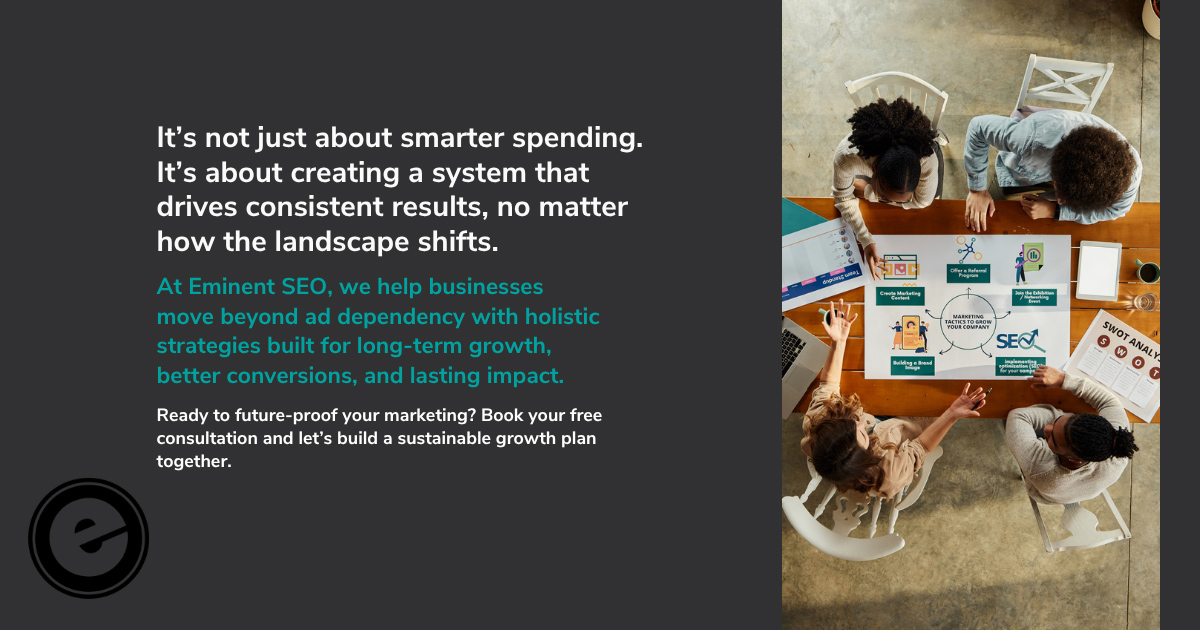
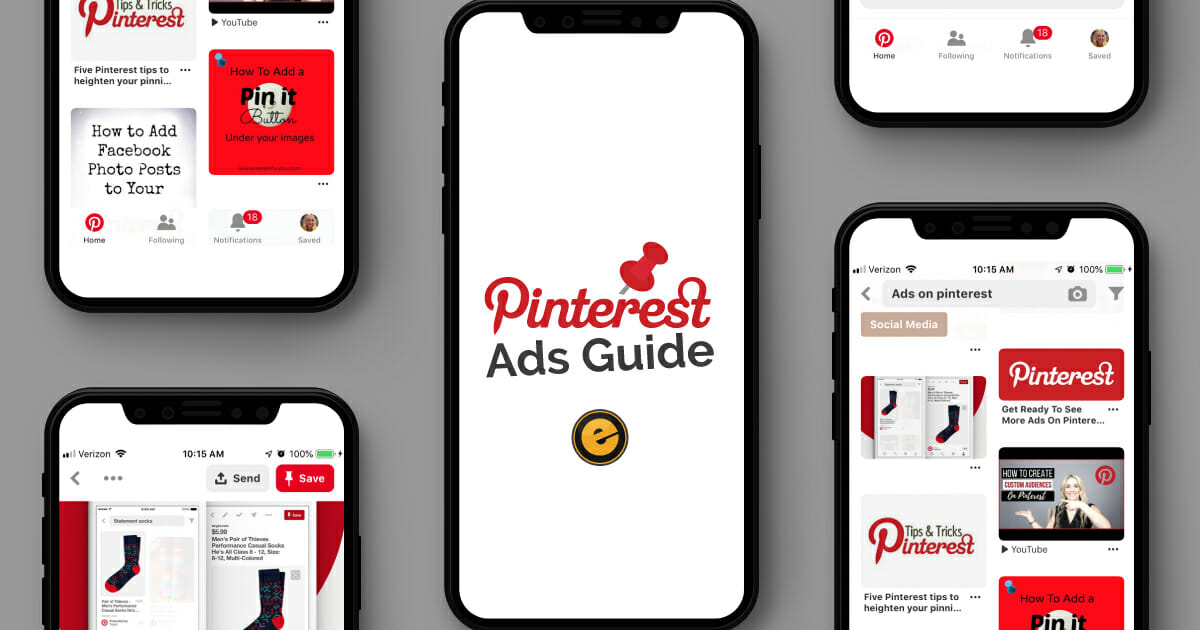
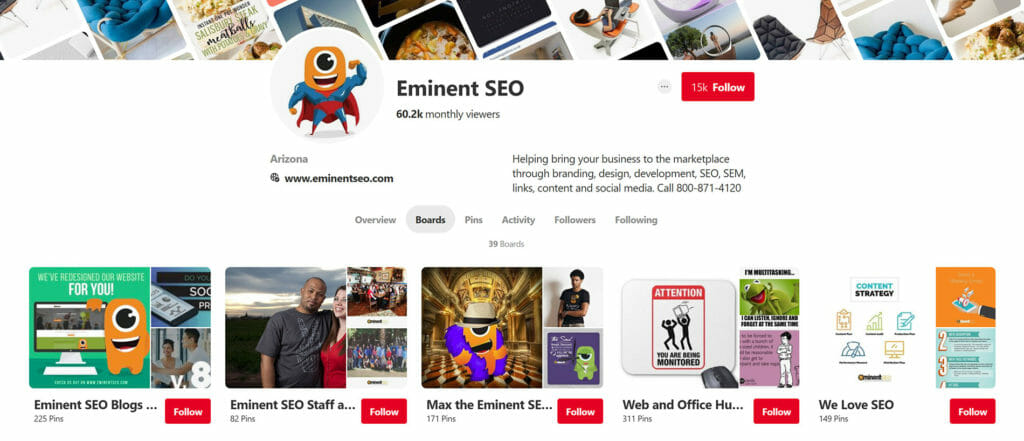
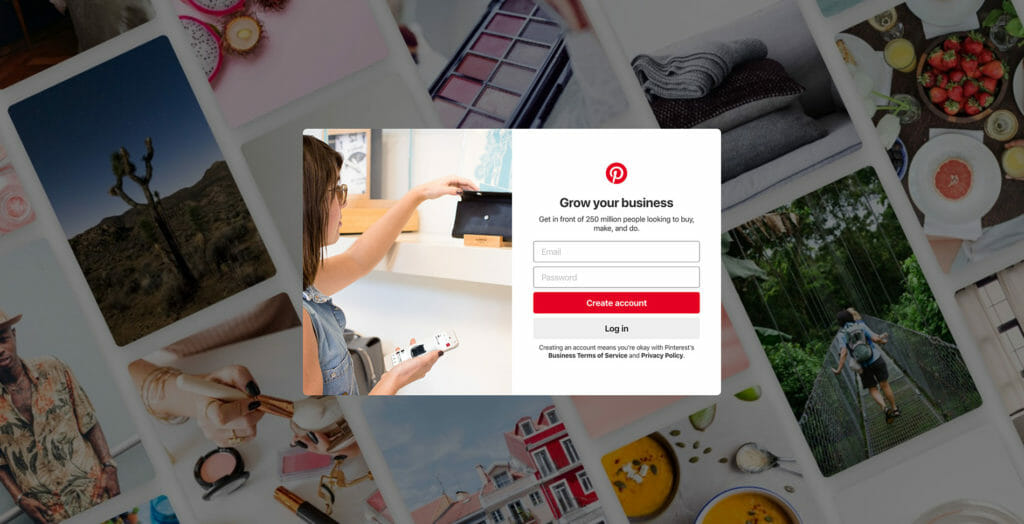
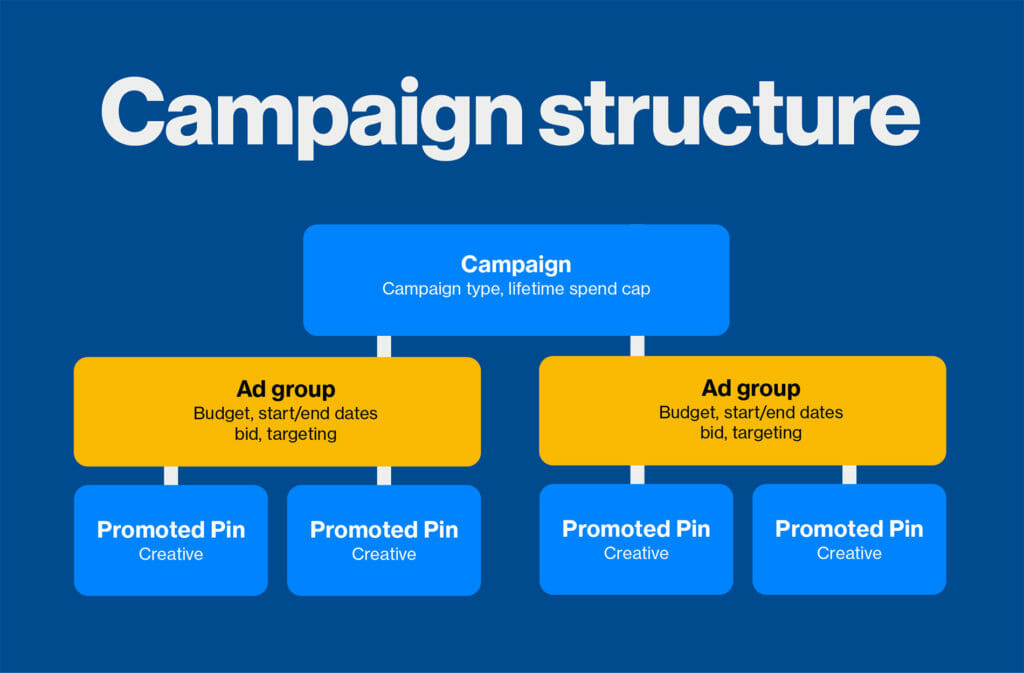
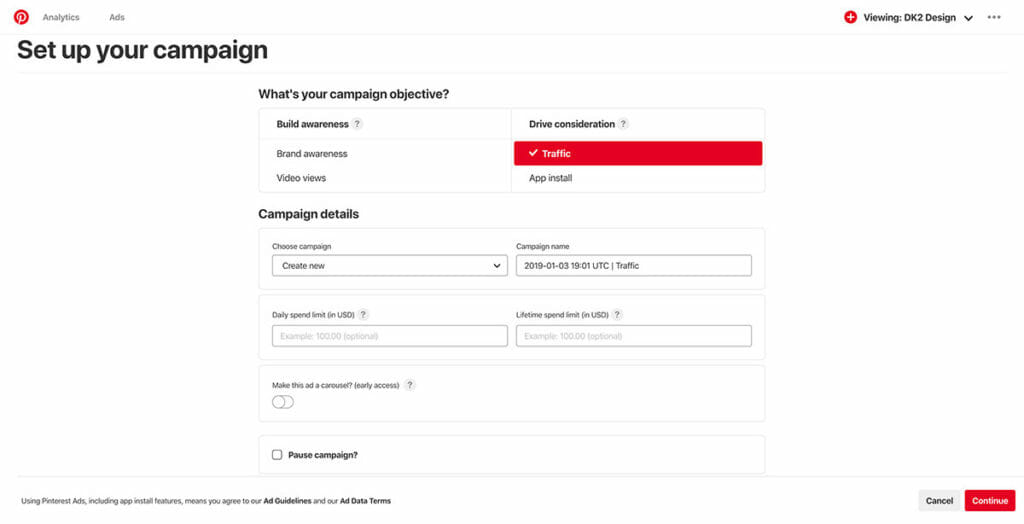
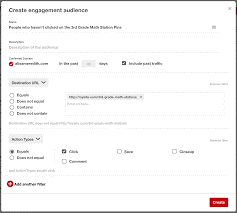







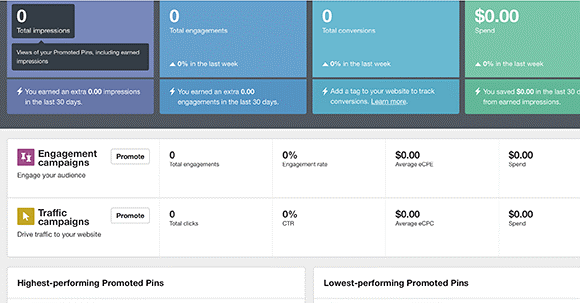
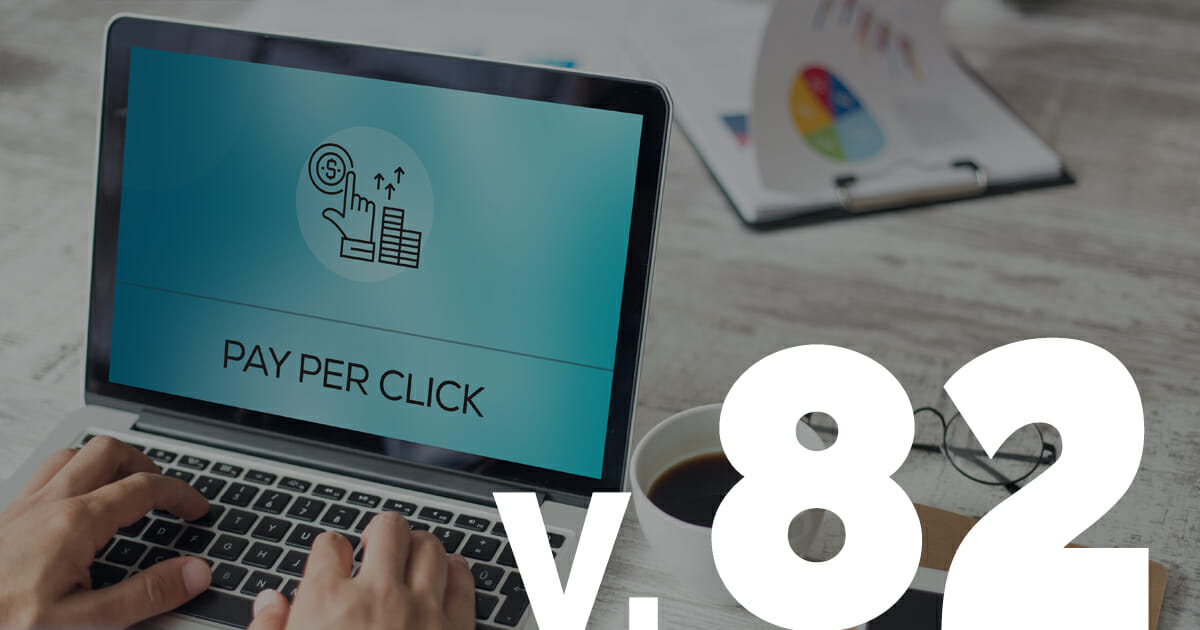

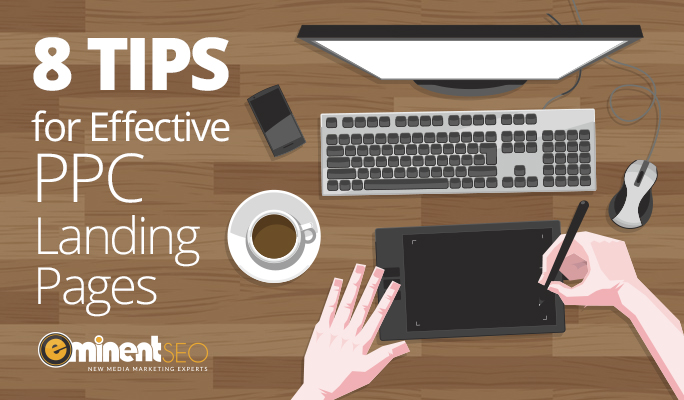
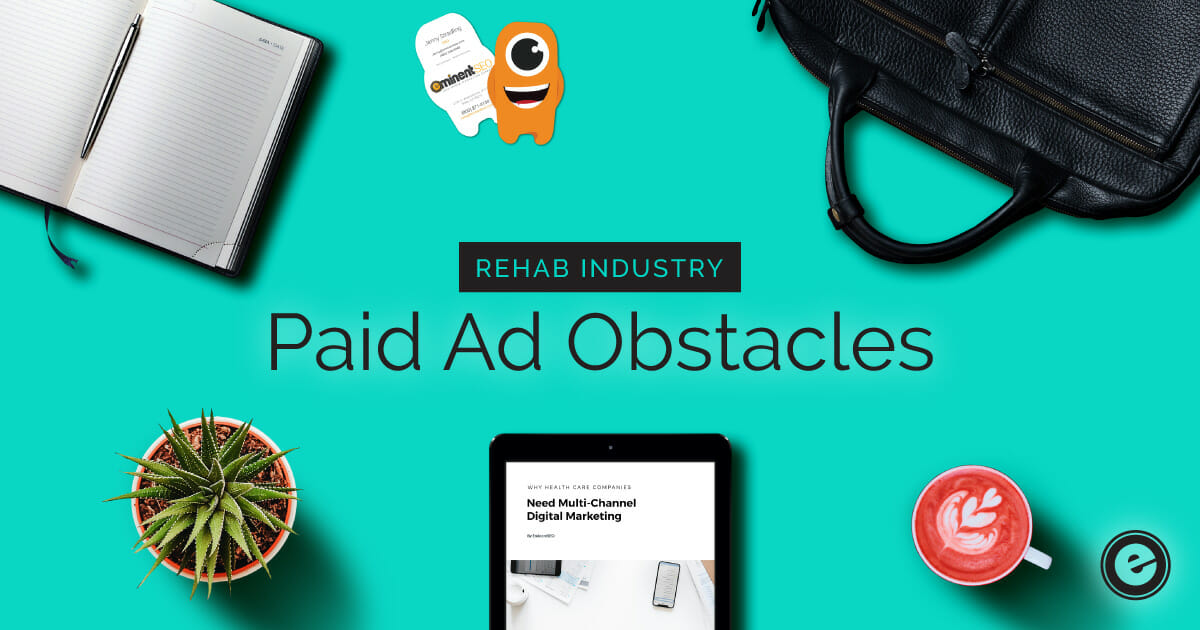
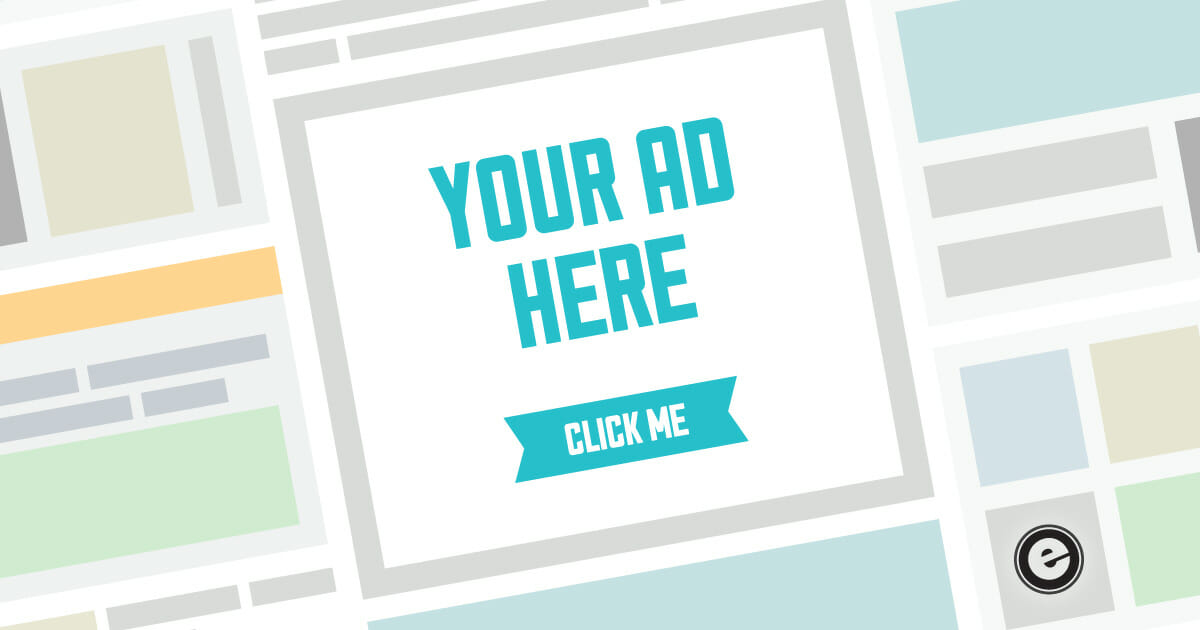

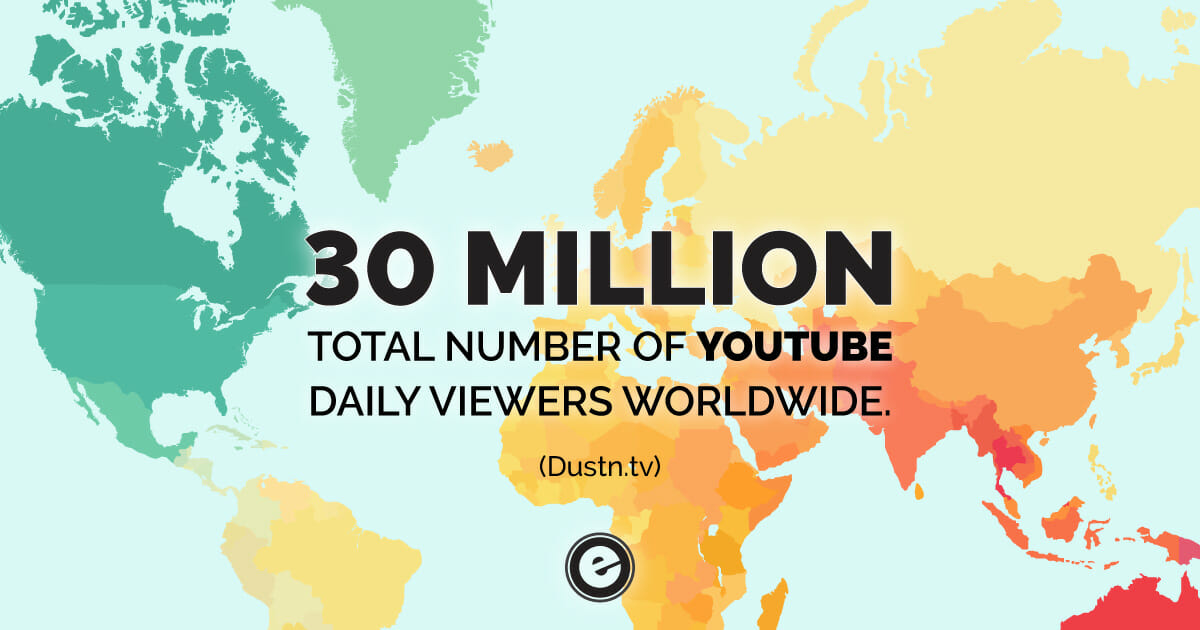
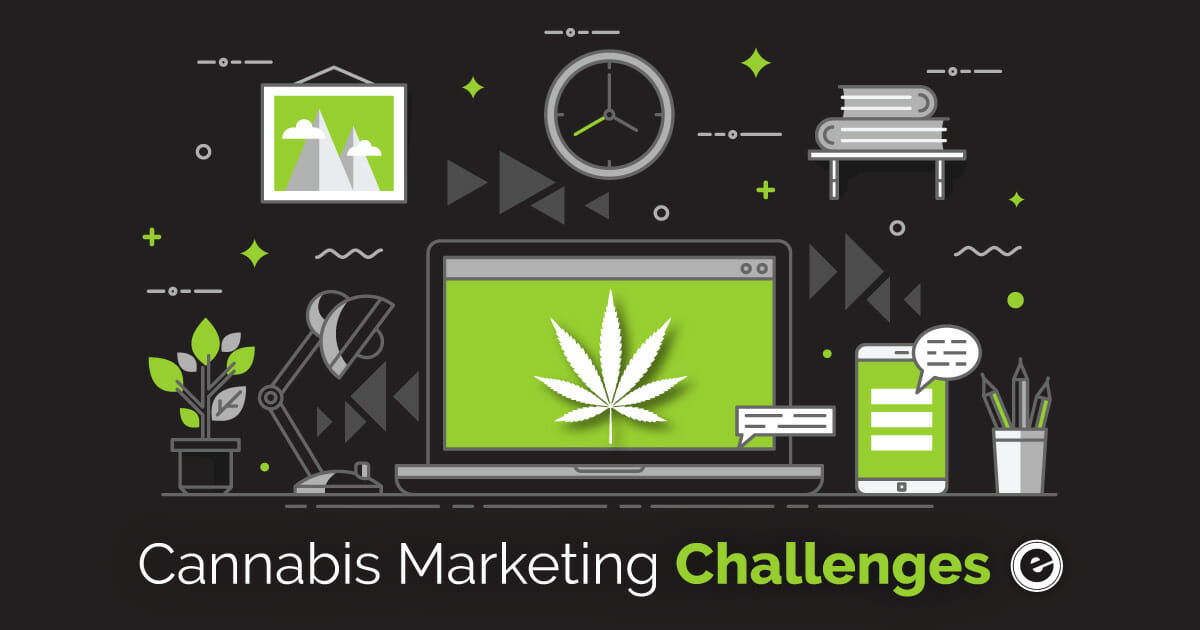
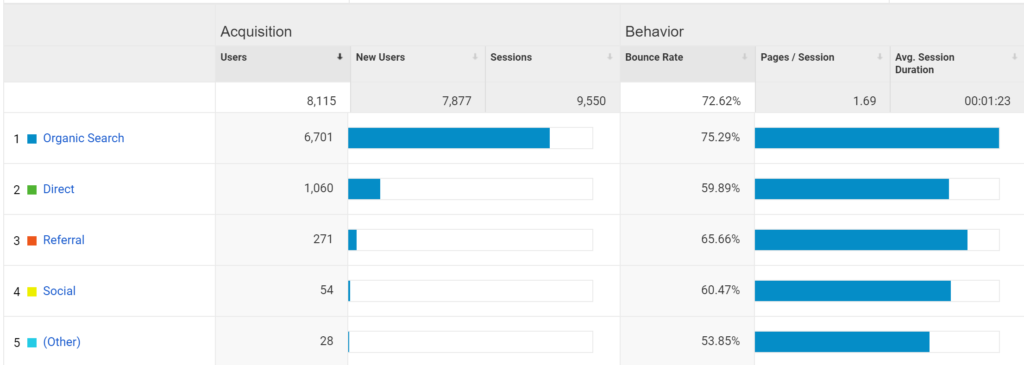
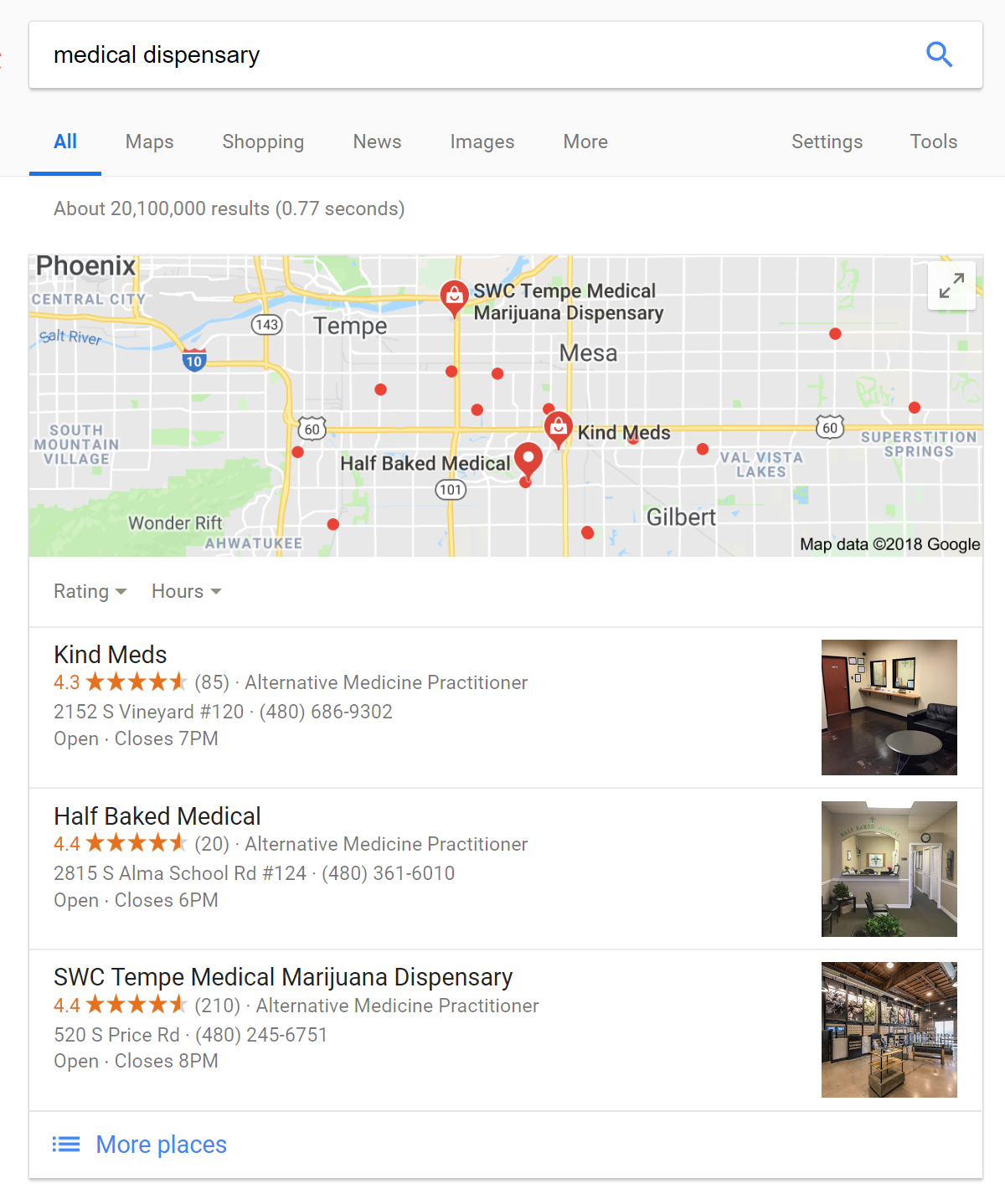
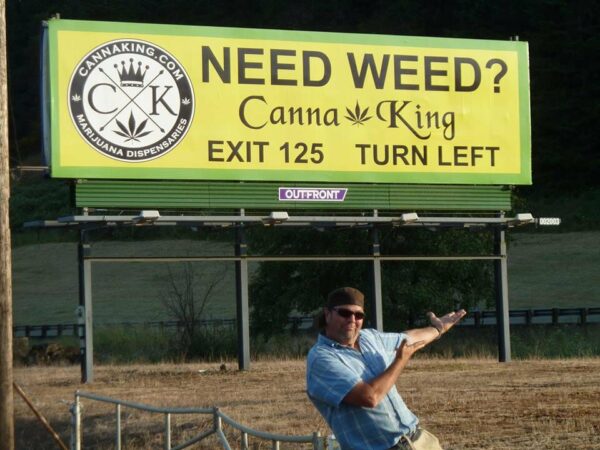
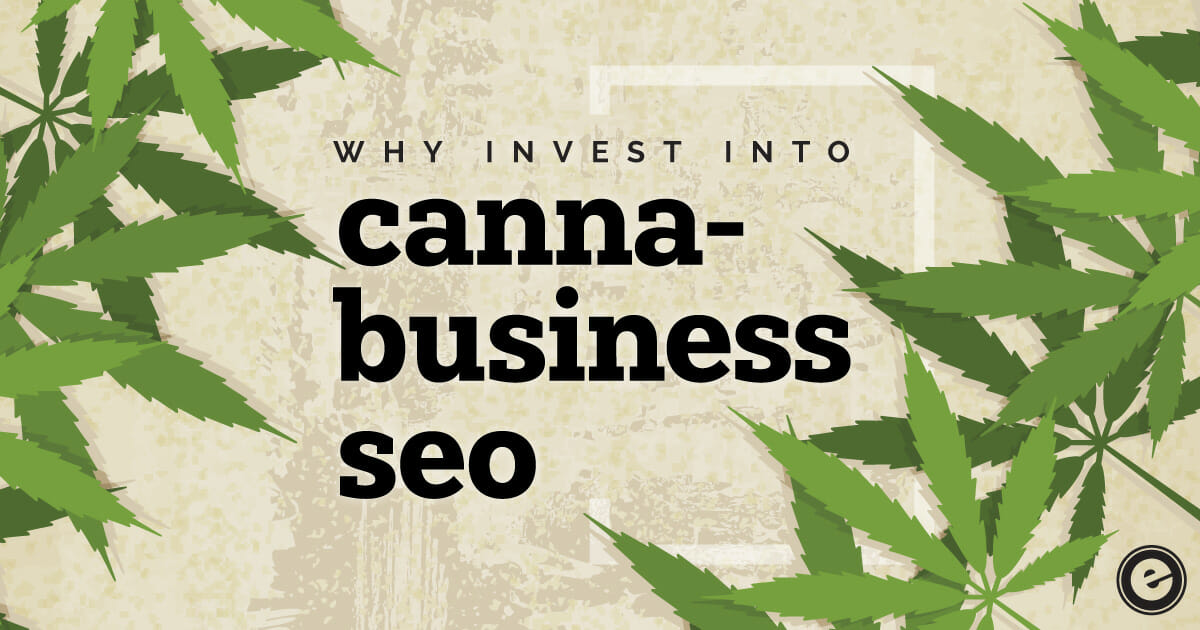
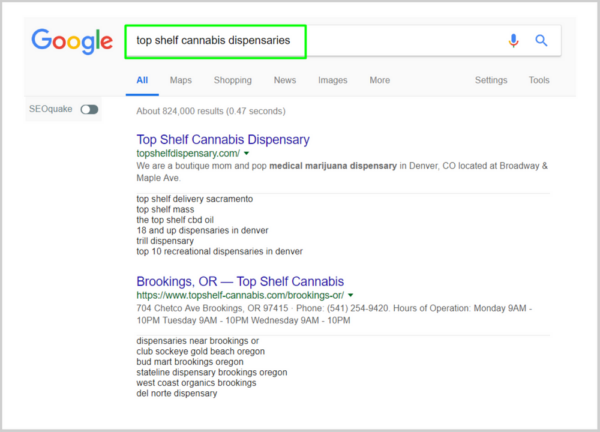 For the search query above, the first few results are organic listings. There aren’t any paid ads or local listings within the first few results, at least for now.
For the search query above, the first few results are organic listings. There aren’t any paid ads or local listings within the first few results, at least for now.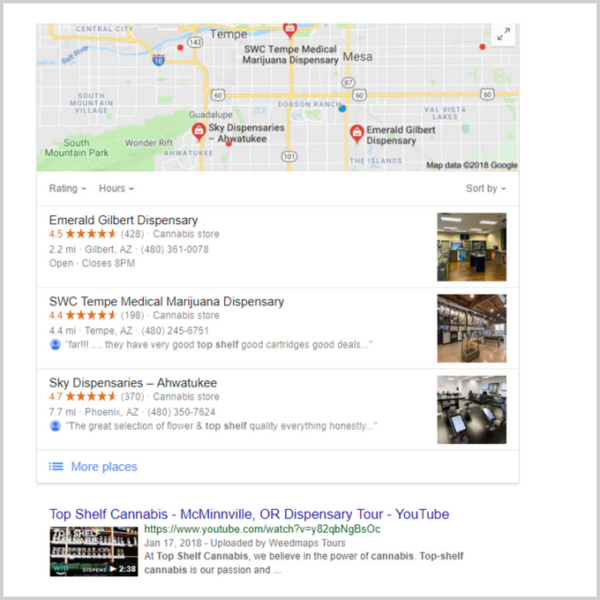 As you move further down the page for the same results, Google displays local organic listings and videos.
As you move further down the page for the same results, Google displays local organic listings and videos.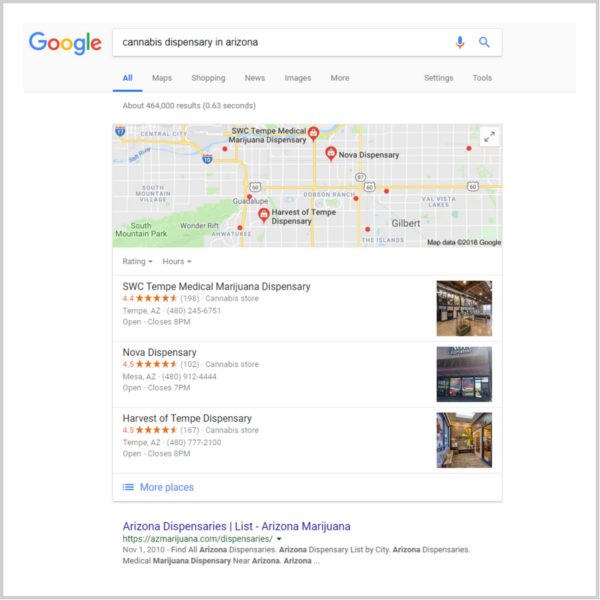 Without paid ads taking up the majority of the search results, you have the opportunity to develop a website that can rank organically and see traffic from the organic search sources such as Google Maps and Google Organic.
Without paid ads taking up the majority of the search results, you have the opportunity to develop a website that can rank organically and see traffic from the organic search sources such as Google Maps and Google Organic.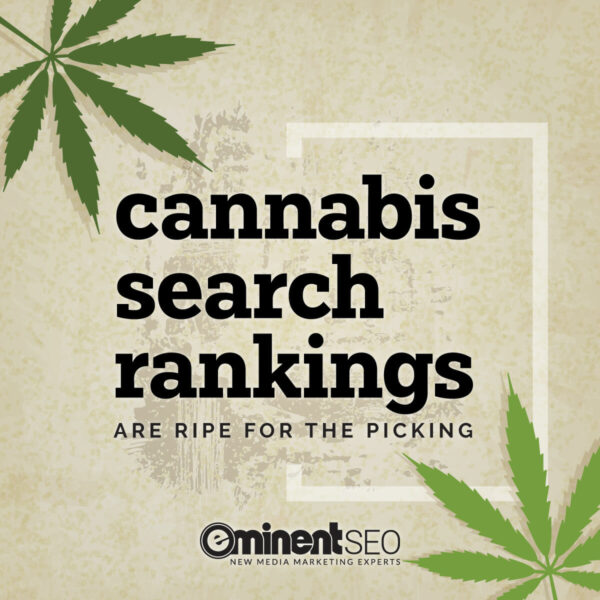 Cannabis businesses will be required to invest in their own websites because Google, Facebook, Instagram and YouTube are being very strict about their advertising policies for cannabis-related content.
Cannabis businesses will be required to invest in their own websites because Google, Facebook, Instagram and YouTube are being very strict about their advertising policies for cannabis-related content.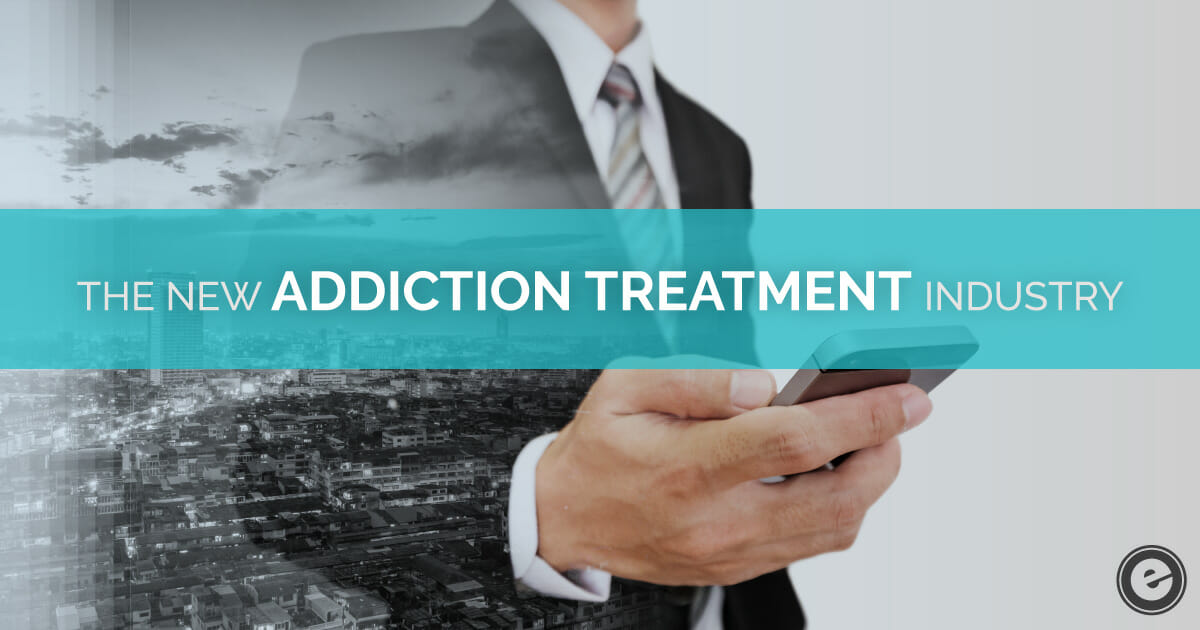
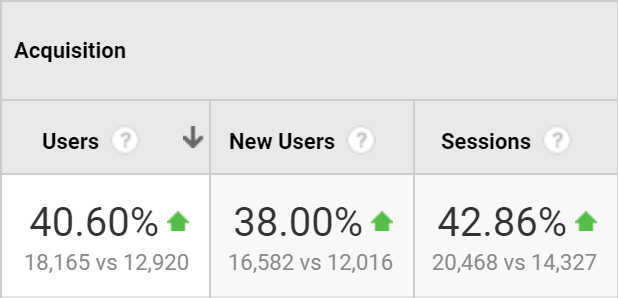 …they are still reporting a rough month for admissions and voicing concerns about how the insurance companies are not paying out like they once did.
…they are still reporting a rough month for admissions and voicing concerns about how the insurance companies are not paying out like they once did.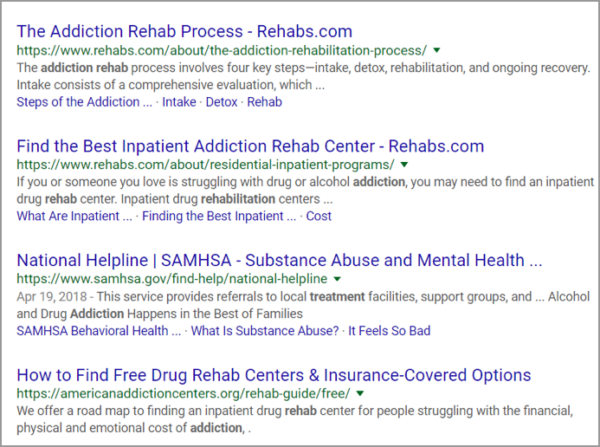
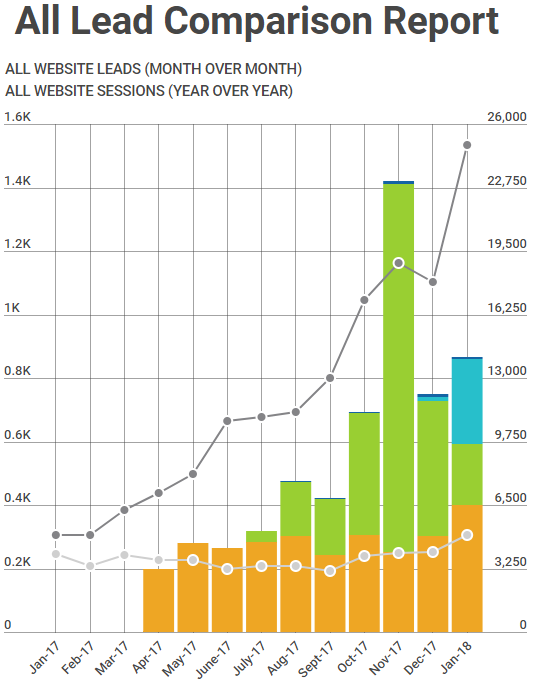
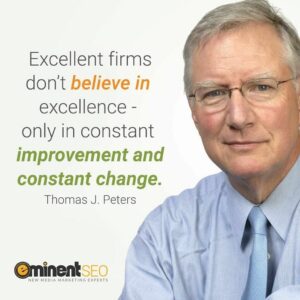
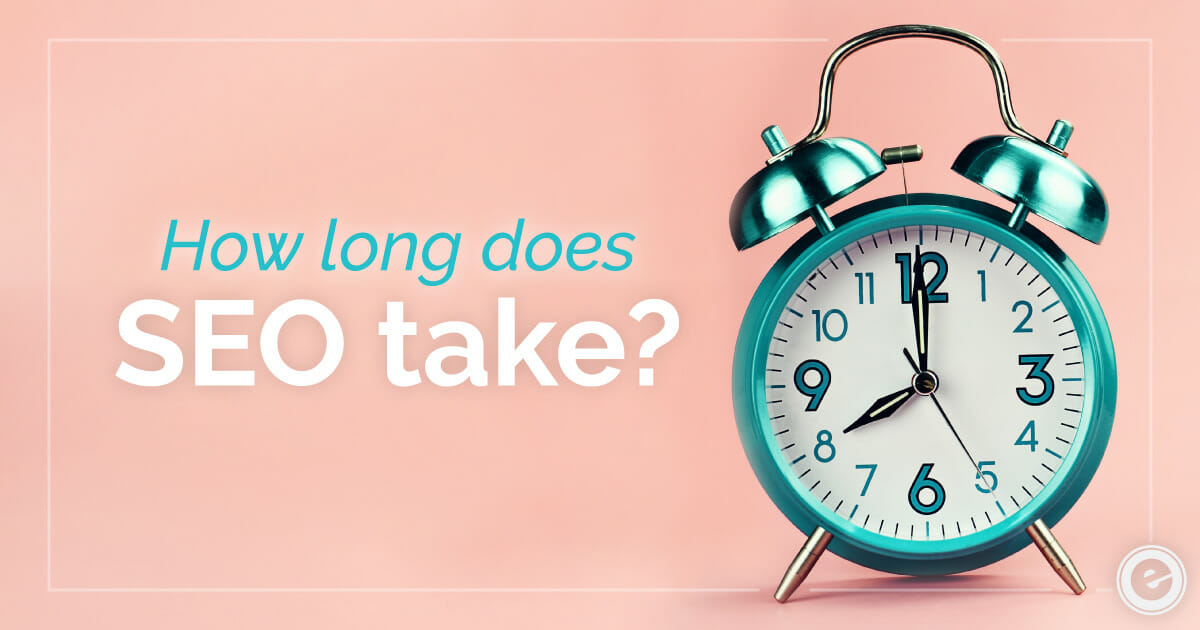
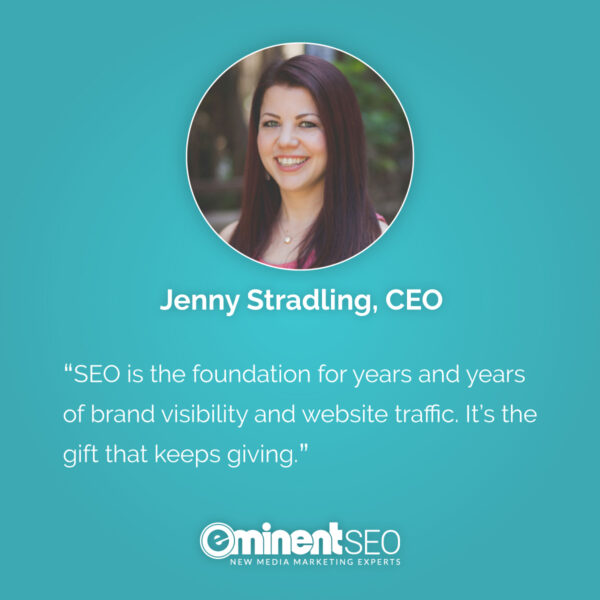 This is maybe the No. 1 question we have received over the last 13 years or so of doing SEO. And, the answer is always the same: It depends.
This is maybe the No. 1 question we have received over the last 13 years or so of doing SEO. And, the answer is always the same: It depends.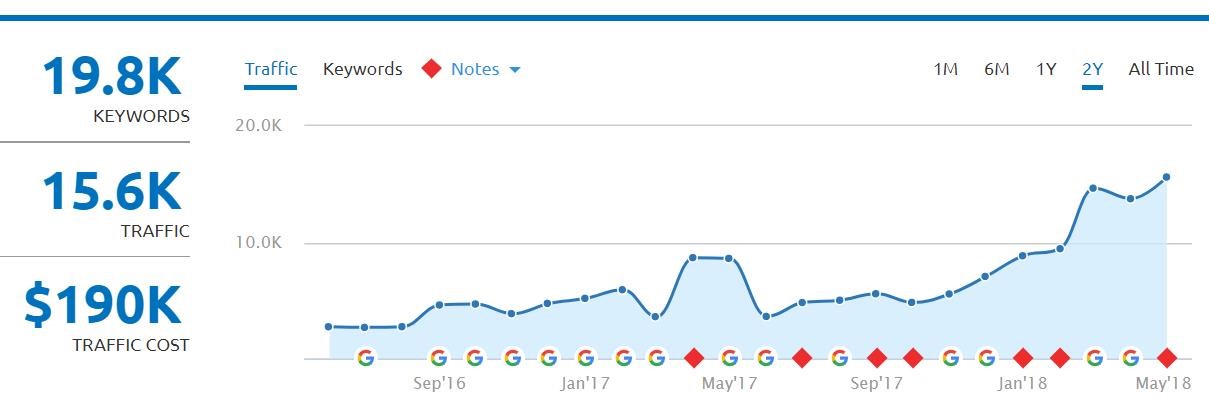


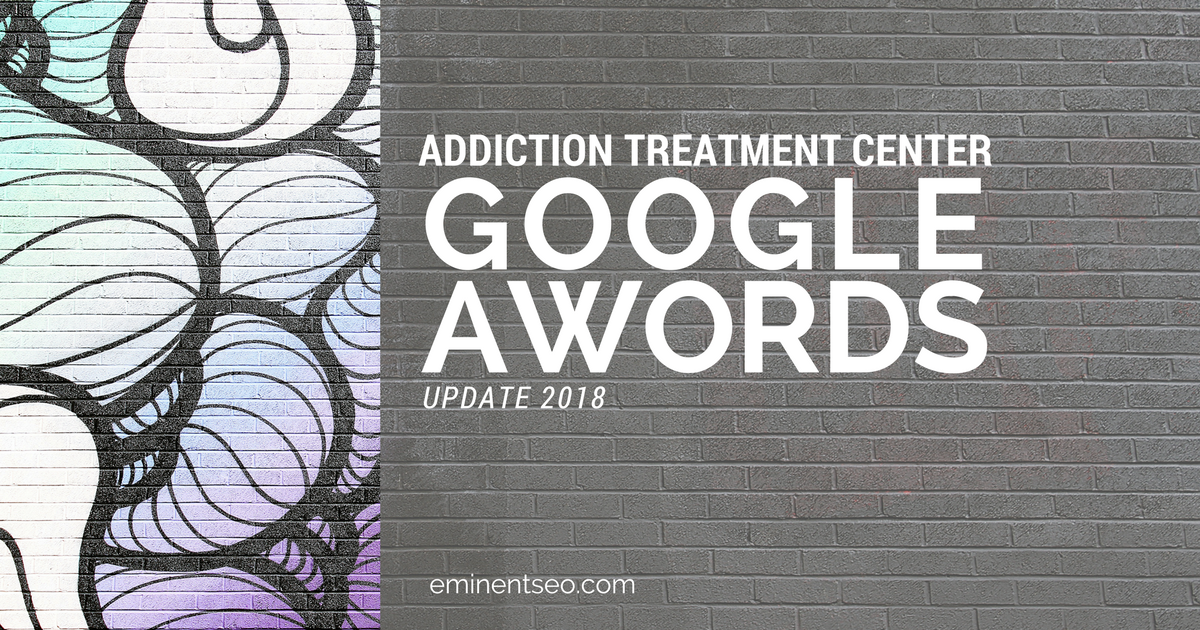
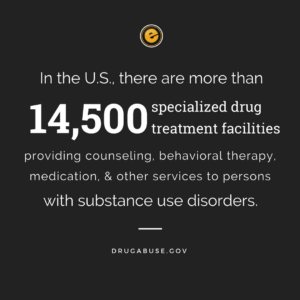 If you are a treatment facility with a valid company website, physical address, qualified staff and think can meet all of their certification qualifications, you can definitely apply!
If you are a treatment facility with a valid company website, physical address, qualified staff and think can meet all of their certification qualifications, you can definitely apply!
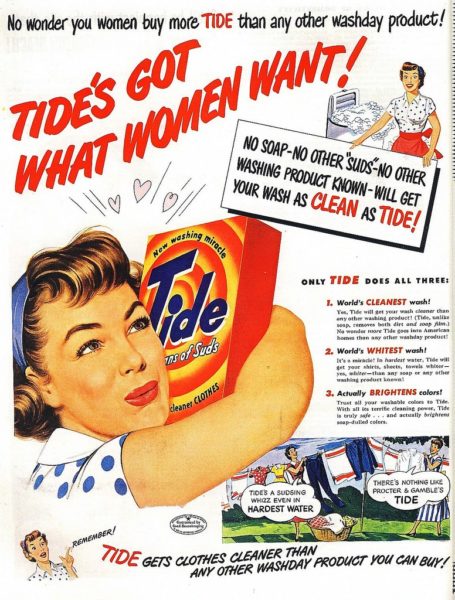 vs. 2018:
vs. 2018: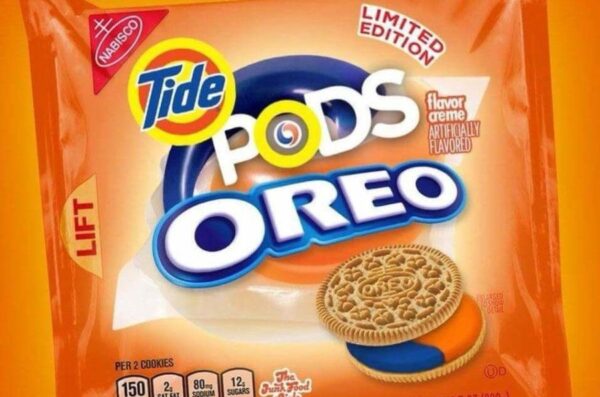
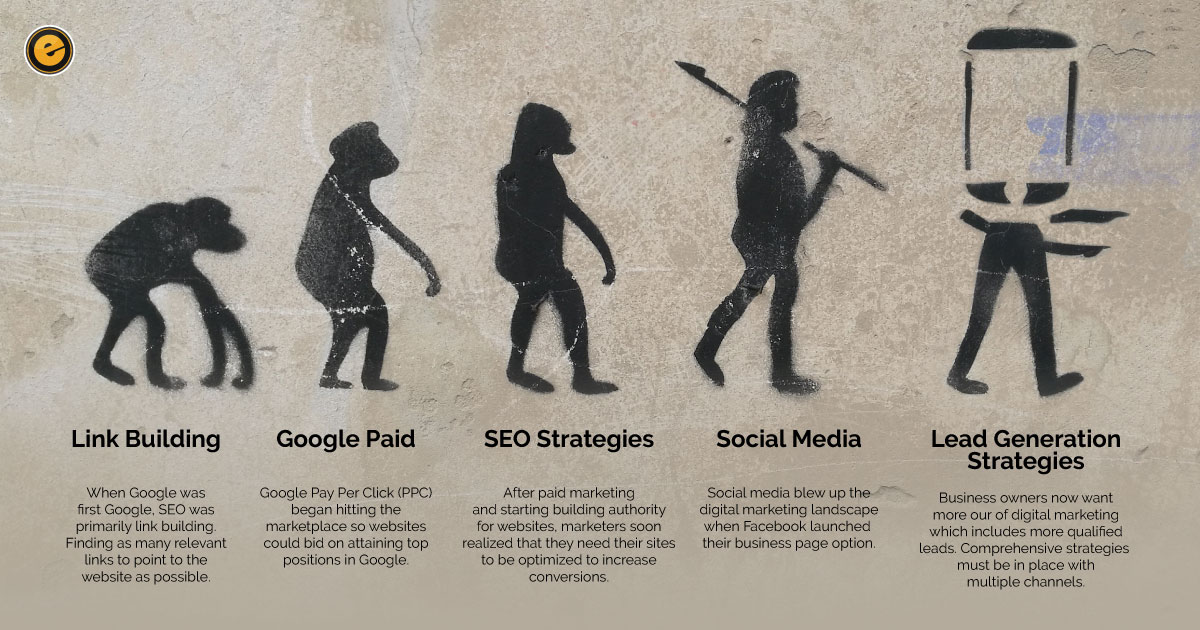 We’ve been doing search engine optimization (SEO) and digital marketing for over 12 years. Our team has been in it since Google and AOL Instant Messenger was all there was. Did I mention dial-up internet too? Yeah that used to be a thing.
We’ve been doing search engine optimization (SEO) and digital marketing for over 12 years. Our team has been in it since Google and AOL Instant Messenger was all there was. Did I mention dial-up internet too? Yeah that used to be a thing.